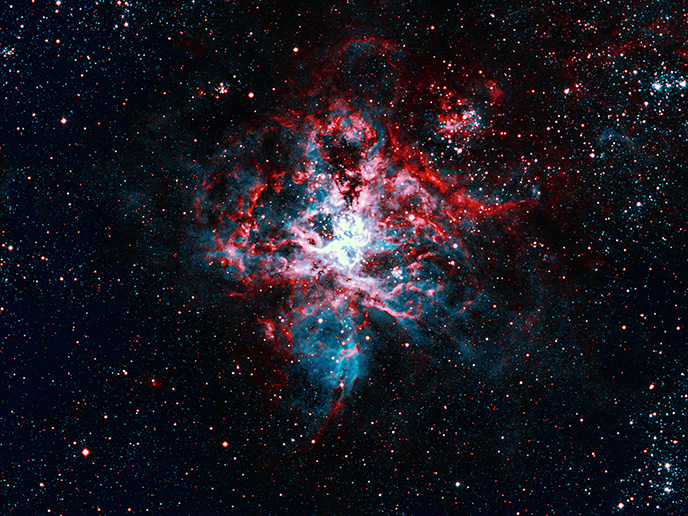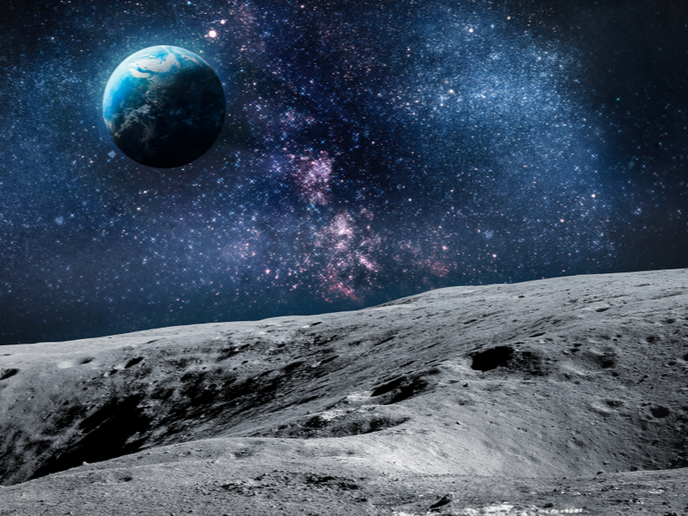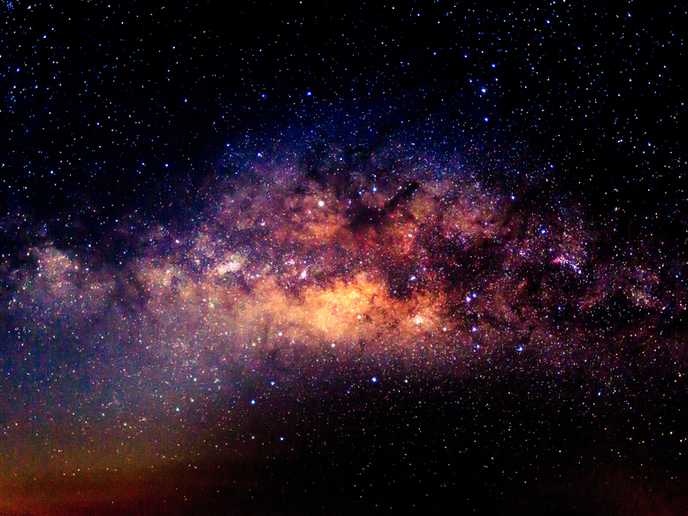Probing cosmic inflation in the early universe
In the first fractions of a second after the Big Bang, the universe expanded at a mind-boggling rate. Scientists use a theory known as cosmic inflation to explain this rapid expansion. Inflation was driven by a so-called inflation field, which eventually relaxed into a lower-energy state. The energy within it converted into particles, light and matter, which led over billions of years to all the galaxies, stars and cosmic phenomena we can see today. Models of inflation in high-energy physics involve several inflation fields. Sébastien Renaux-Petel (website in French), French National Research Centre (CNRS) research fellow at the Institut d’Astrophysique de Paris, previously studied the geometry of these fields and how it affected the stability of cosmic inflation. Renaux-Petel and his colleagues determined that there was a geometrical destabilisation of inflation, potentially affecting all models. In the GEODESI project, funded by the European Research Council, Renaux-Petel and his team continued their work, probing these fundamental geometric processes at the genesis of our known universe. “The instability does not end inflation,” says Renaux-Petel. “Inflation continues, but in an unusual manner that we call a sidetracked phase of inflation.”
Sidetracked cosmic inflation
The team investigated this phase of inflation during the first part of the project, and found new mechanisms to generate cosmological inflation. As the universe expanded, there were fluctuations in density and energy which sent ripples out into space and altered the shape of matter. Simple models of cosmic inflation suggest these ripples had a Gaussian distribution – and spread evenly. By contrast, the team’s work showed that sidetracked inflation generates a substantial departure from Gaussian statistics, and of a new type, and they more generally expanded our knowledge of these primordial non-Gaussianities. “Inspired by that, we found a new mechanism to generate primordial black holes,” remarks Renaux-Petel.
Probing the dark ages of inflation
This led the team to identify new signals of gravitational waves, ripples in space-time which carry information about the early universe. They realised that they were opening up a new field within cosmology, and were able to probe the ‘dark ages of inflation’, which are normally inaccessible. This work attracted attention, and the team became involved in the European Space Agency’s LISA mission, slated to be launched in 2035, which will carry a gravitational wave detector into space for the first time. Furthermore, the researchers developed means to probe the dark ages of inflation with numerical simulations. With this tool, they identified a new phenomenon known as the ‘inflationary butterfly effect’, in an article published in the prestigious journal ‘Physical Review Letters’. “This paper marks a kind of breakthrough in using simulations to study inflation,” he adds.
The cosmological flow
Another major advance in the project was the development of a computational framework that systematically determines the statistical properties of the ripples generated in theories of the early universe. This code, known as CosmoFlow, allowed the researchers to make predictions in theories that were out of reach with other means. The team was awarded the Buchalter Cosmology Prize 2023 for their work, also published in ‘Physical Review Letters’. The code CosmoFlow is open to advance further research. “We are promoting its usage, so that it becomes a widespread tool for the cosmological community,” notes Renaux-Petel, who also received the CNRS bronze medal 2024 for the work done in the project.
Keywords
GEODESI, cosmic, inflation, universe, black holes, cosmological, community







